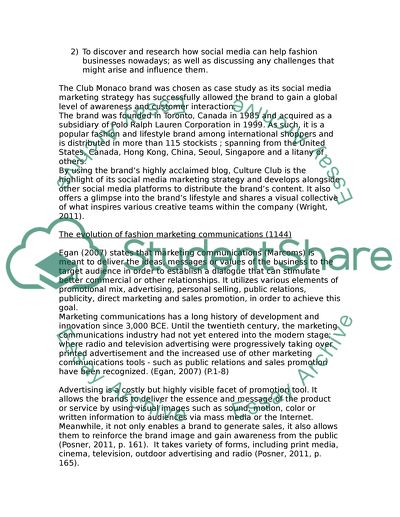Cite this document
(“Social media Essay Example | Topics and Well Written Essays - 4250 words”, n.d.)
Social media Essay Example | Topics and Well Written Essays - 4250 words. Retrieved from https://studentshare.org/marketing/1631103-social-media
Social media Essay Example | Topics and Well Written Essays - 4250 words. Retrieved from https://studentshare.org/marketing/1631103-social-media
(Social Media Essay Example | Topics and Well Written Essays - 4250 Words)
Social Media Essay Example | Topics and Well Written Essays - 4250 Words. https://studentshare.org/marketing/1631103-social-media.
Social Media Essay Example | Topics and Well Written Essays - 4250 Words. https://studentshare.org/marketing/1631103-social-media.
“Social Media Essay Example | Topics and Well Written Essays - 4250 Words”, n.d. https://studentshare.org/marketing/1631103-social-media.


